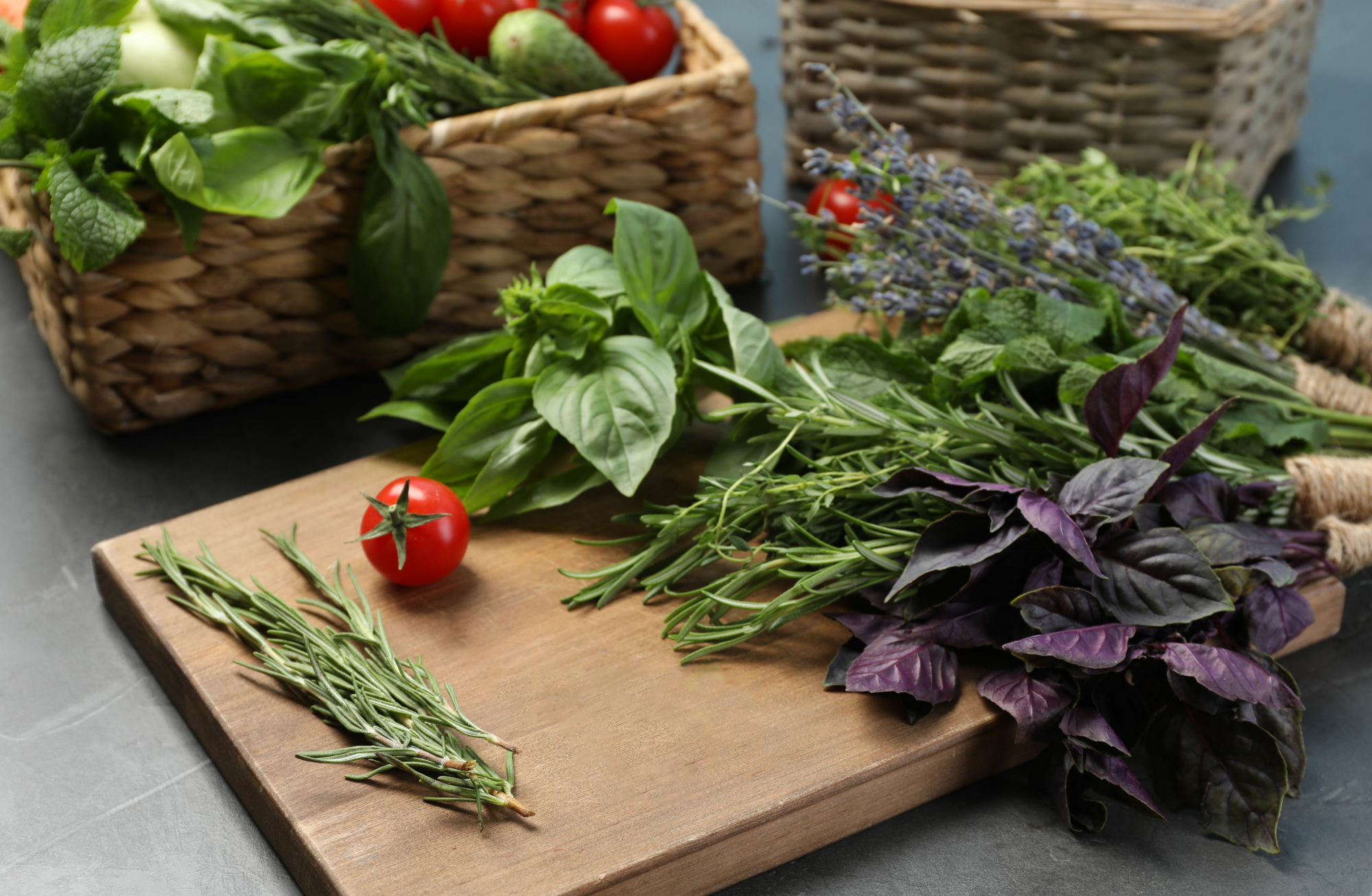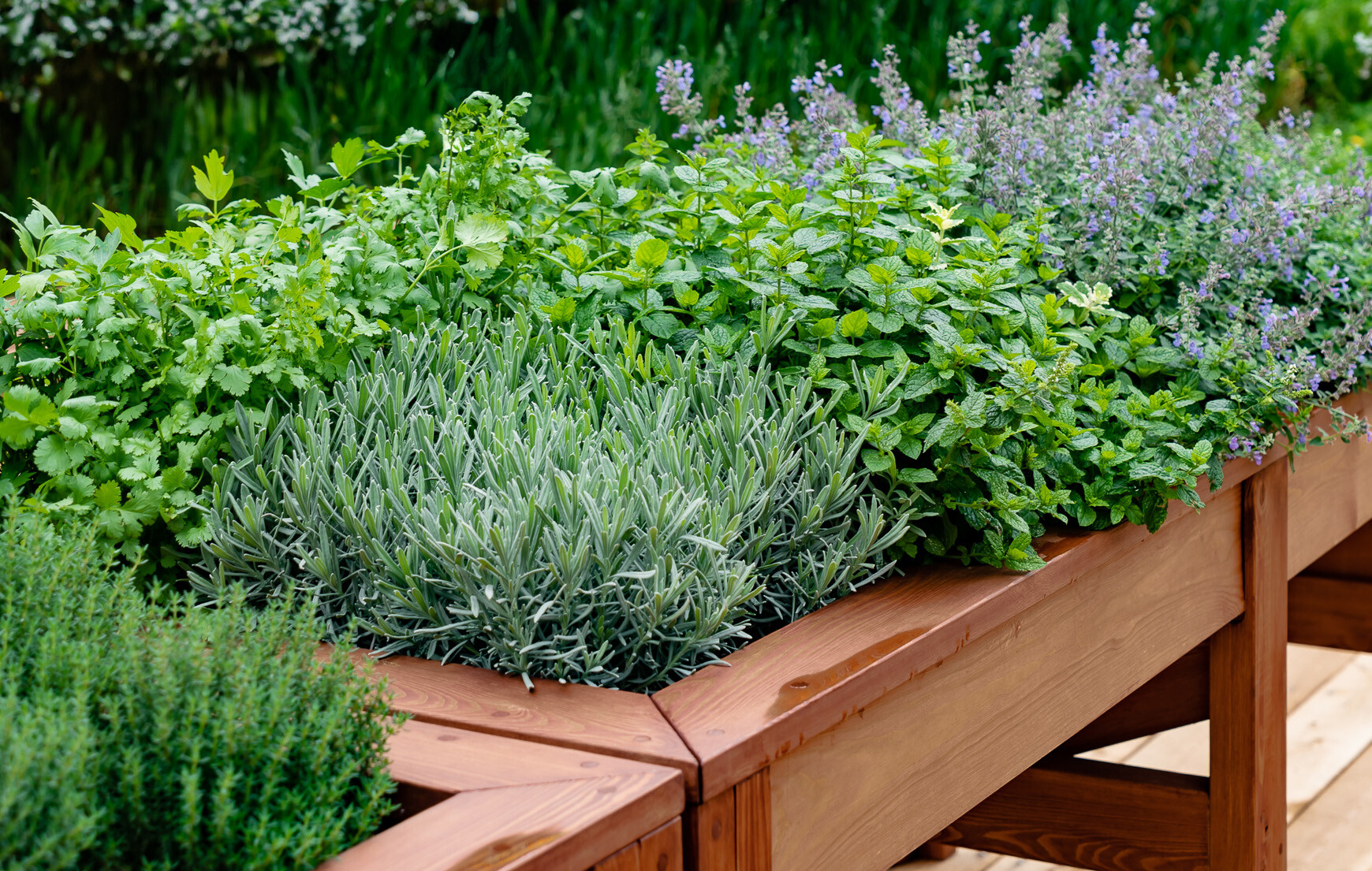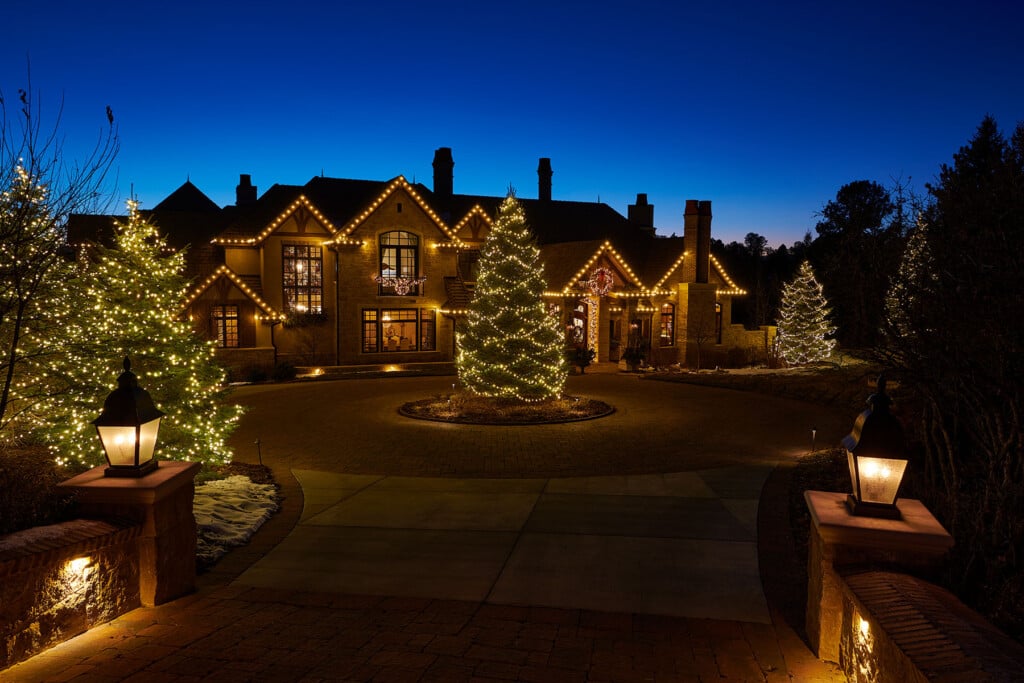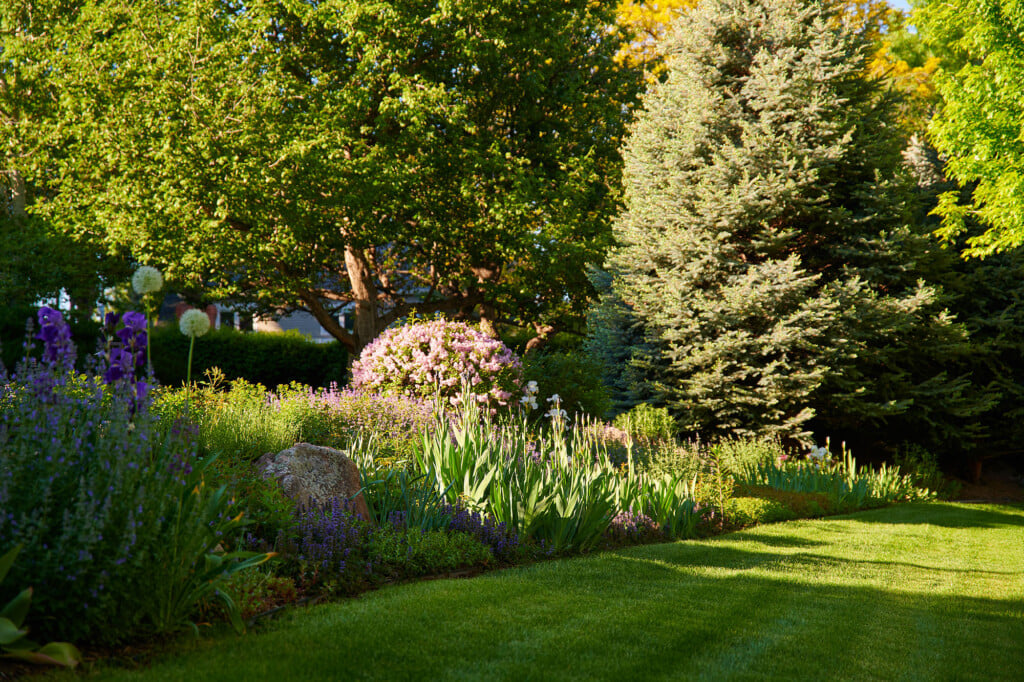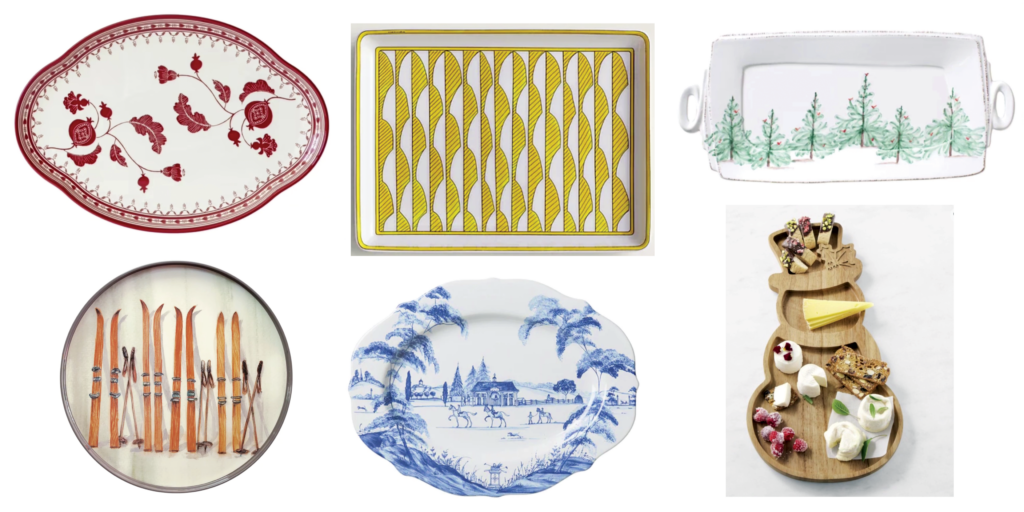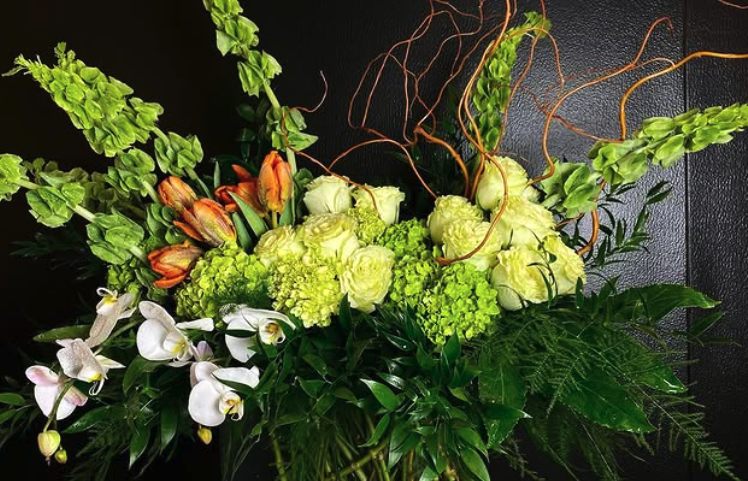A Guide to Preparing an Autumnal Edible Garden
Nurture an array of herbs and vegetables for cozy gatherings
As the air cools and the leaves start to fall, we find ourselves longing for cozy gatherings and festive feasts. Imagine stepping into your backyard to harvest fresh herbs and vegetables for your upcoming holiday dinners—sounds idyllic, right? Turning your outdoor space into a gorgeous edible garden will excite your senses and enhance your holiday culinary creations.
From Garden to Gourmet
The trend of growing your own herbs and food is more popular than ever, with shows like “The Bear” inspiring even the most culinary-challenged to don an apron and embrace home cooking, stepping up to unleash their inner chef. Now, you can take that inspiration a step further by creating an edible garden tailored to your holiday needs. Fresh sage for your stuffing, rosemary for your roast, or even a handful of mint for post-dinner cocktails—all right from your own backyard.
Holiday Feasts Start in the Garden
To design an edible garden that’s as beautiful as it is bountiful, choose plants that will thrive in Colorado’s unique climate:
- Wild Onions (Allium cernuum): Perfect for adding a little spice to your dishes, these thrive in the moist, subalpine areas of Colorado.
- Wild Strawberries (Fragaria virginiana): Not only do these make a beautiful ground cover, but they also offer sweet fruit for desserts and thrive in Colorado’s cooler climate.
- Lavender: Often called the “Queen of Herbs,” lavender is excellent for xeriscaping. It brings a fragrant touch to both your garden and your kitchen, thriving in dry conditions.
- Sage (Salvia officinalis): A hardy perennial that can handle fluctuating temperatures, sage is a holiday staple that’s perfect for stuffing and savory dishes.
- Mint (Mentha arvensis): Ideal for cooler climates, mint adds fresh flavor to drinks and desserts.
- Rosemary (Rosmarinus officinalis): A strong, resilient herb that thrives in dry climates, rosemary adds depth to roasts and other holiday favorites.
Edible Landscape Design Tips
An edible garden should be more than functional—it should be as visually appealing as it is practical:
- Herbs and Onions with Roses: Pair herbs like rosemary, thyme, and basil with your roses. Not only do these herbs repel pests, but they also create a stunning, fragrant display.
- Edible Vines on Arbors: Use tomato and bean vines on arbors or trellises to add vertical interest to your garden while enjoying a delicious harvest.
- Non-Edible Annuals for Color: Add plants like coleus for vibrant color amidst your vegetables, creating a lovely contrast.
- Nasturtium Along Paths: These colorful blooms are not only edible but also add a cheerful burst of color, making them a great addition to salads and garden paths alike.
Engage and Enjoy
Let your garden be a source of joy and a conversation starter at your holiday gatherings. Impress your guests by sharing the story of how you grew the ingredients for your meal. Not only does this add a personal touch, but it also encourages others to consider starting their own edible gardens.
Lewis Dante is the Creative Manager with Lifescape Colorado. For more than 48 years, Lifescape Colorado has been Colorado’s trusted source for landscape architecture, construction, and property care. View their profile or contact Lifescape Colorado at 303-831-8310 or info@lifescapecolorado.com.
Content and photos for this article provided by Lifescape Colorado


